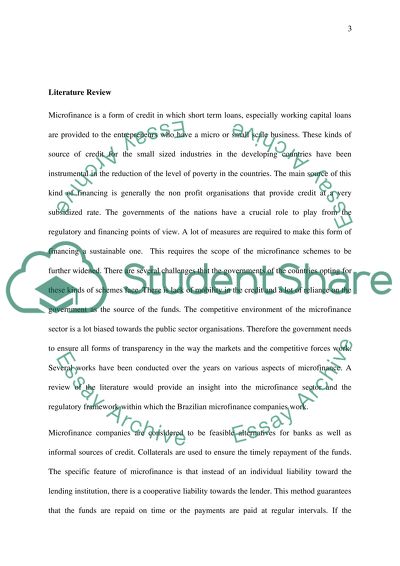Cite this document
(“Microfinance - how government regulations affect microfinance in Literature review”, n.d.)
Microfinance - how government regulations affect microfinance in Literature review. Retrieved from https://studentshare.org/finance-accounting/1491659-microfinance-how-government-regulations-affect
Microfinance - how government regulations affect microfinance in Literature review. Retrieved from https://studentshare.org/finance-accounting/1491659-microfinance-how-government-regulations-affect
(Microfinance - How Government Regulations Affect Microfinance in Literature Review)
Microfinance - How Government Regulations Affect Microfinance in Literature Review. https://studentshare.org/finance-accounting/1491659-microfinance-how-government-regulations-affect.
Microfinance - How Government Regulations Affect Microfinance in Literature Review. https://studentshare.org/finance-accounting/1491659-microfinance-how-government-regulations-affect.
“Microfinance - How Government Regulations Affect Microfinance in Literature Review”, n.d. https://studentshare.org/finance-accounting/1491659-microfinance-how-government-regulations-affect.


